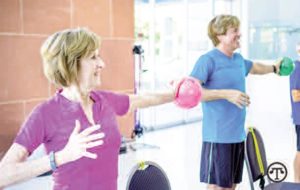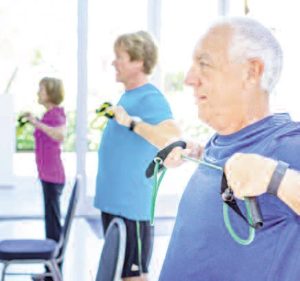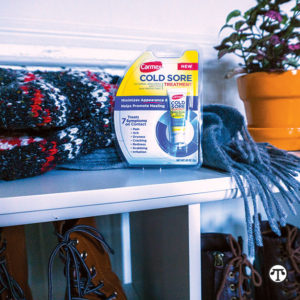FOR YOUR HEALTH: Surprising Perks Of Your Medicare Plan
 (NAPSI)—With more than 10,000 baby boomers turning 65 each day, the number of people eligible for Medicare is growing rapidly. Medicare Open Enrollment starts Oct. 15 and runs through Dec. 7, a time when millions of people are evaluating their health plan options to ensure their coverage meets their retirement lifestyle.
(NAPSI)—With more than 10,000 baby boomers turning 65 each day, the number of people eligible for Medicare is growing rapidly. Medicare Open Enrollment starts Oct. 15 and runs through Dec. 7, a time when millions of people are evaluating their health plan options to ensure their coverage meets their retirement lifestyle.
When looking at Medicare plans, people check to make sure their physician is included in the plan’s network and prescriptions are covered, but it’s important to see which unique benefits and perks a plan offers to take full advantage of the program. There is much more than standard health care available.

Medicare plans can offer benefits including a free gym or fitness facility membership through programs such as SilverSneakers, the nation’s leading community fitness program designed specifically for older Americans. Exercise is key to helping people live their best lives as they age, maximizing their health and well-being to maintain an active lifestyle. No matter a person’s goal—from running a marathon for the first time to keeping up with grandkids—SilverSneakers members enjoy the many benefits of the program, including:
- Membership to more than 14,000 fitness locations: SilverSneakers members have unrestricted access and unlimited visits to every fitness and wellness facility in the national network, including each location’s basic amenities, such as weights, treadmills, pools and more.
- Specialized fitness classes: SilverSneakers offers a variety of classes in partnering locations that are designed to accommodate all fitness levels and interests. Led by certified SilverSneakers fitness instructors, classes range from SilverSneakers Classic and Splash, to SilverSneakers BOOM®, a fast-paced, higher-intensity class designed for baby boomers and active older adults.
- Friendship and community: So much more than an exercise program, SilverSneakers helps foster new friendships with a welcoming and supportive member community that becomes one of close friends.
- Quality of life: The program changes lives by engaging participants in physical activity to help them do more of what they love. In fact, 91 percent of members say SilverSneakers has improved their quality of life.
More than 14.5 million people are eligible for this program offered at no additional charge through the nation’s leading Medicare Advantage, Medicare Supplement and group retiree plans. You can check your Medicare plan to see if you are eligible for the program and claim your free fitness membership at www.silversneakers.com.


 FOR YOUR HEALTH
FOR YOUR HEALTH This year, create an attainable health and fitness goal to help you reach all your resolutions. SilverSneakers, the nation’s leading fitness community for older adults, offers the following tips on how to make resolutions that will help you live life well in 2018:
This year, create an attainable health and fitness goal to help you reach all your resolutions. SilverSneakers, the nation’s leading fitness community for older adults, offers the following tips on how to make resolutions that will help you live life well in 2018: 3. Cover your lips from the cold: Lips can be stripped of moisture because of dry air that comes with the changing weather. Before leaving the house, cover your lips with a scarf to protect them.
3. Cover your lips from the cold: Lips can be stripped of moisture because of dry air that comes with the changing weather. Before leaving the house, cover your lips with a scarf to protect them.
